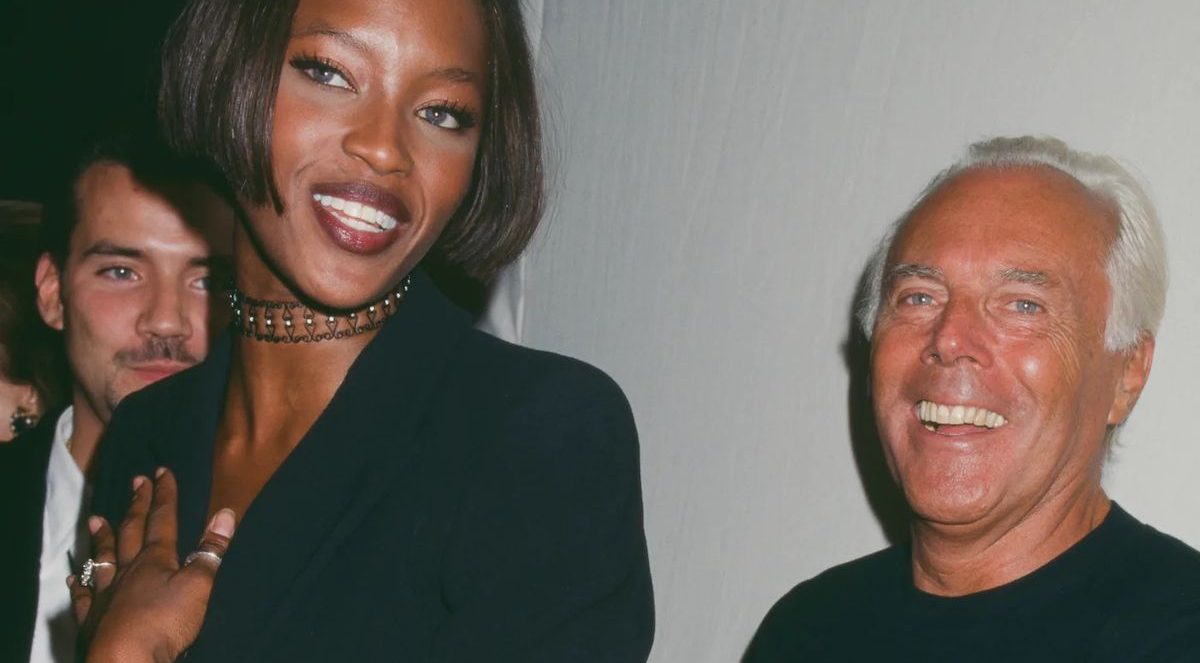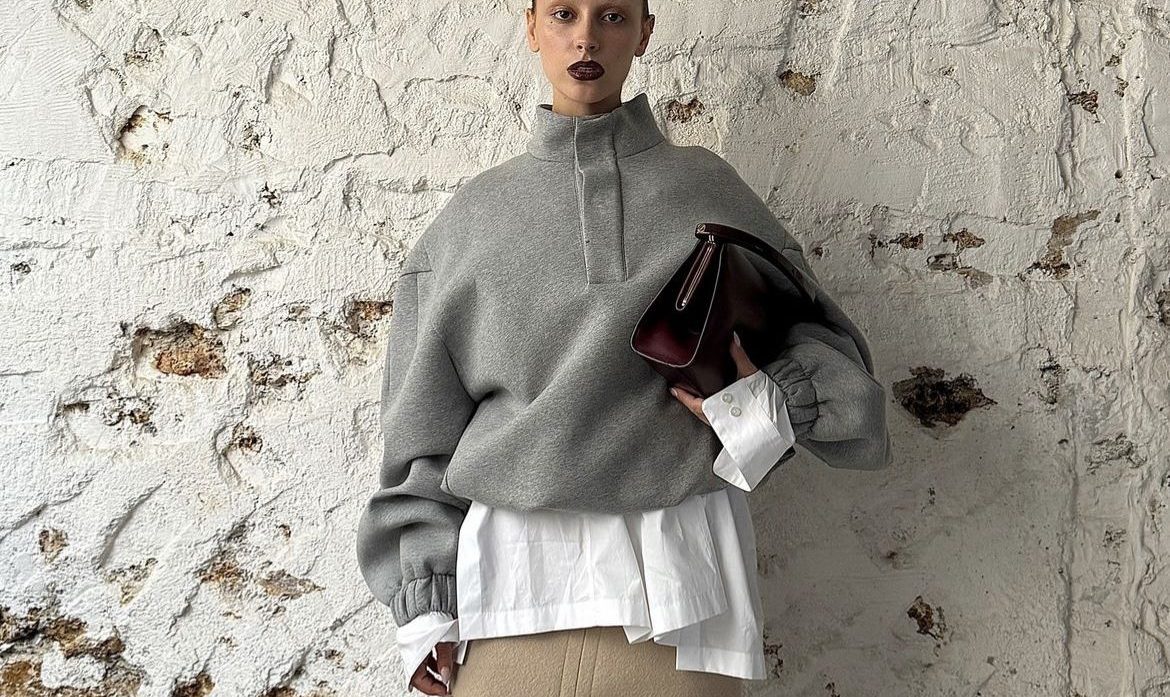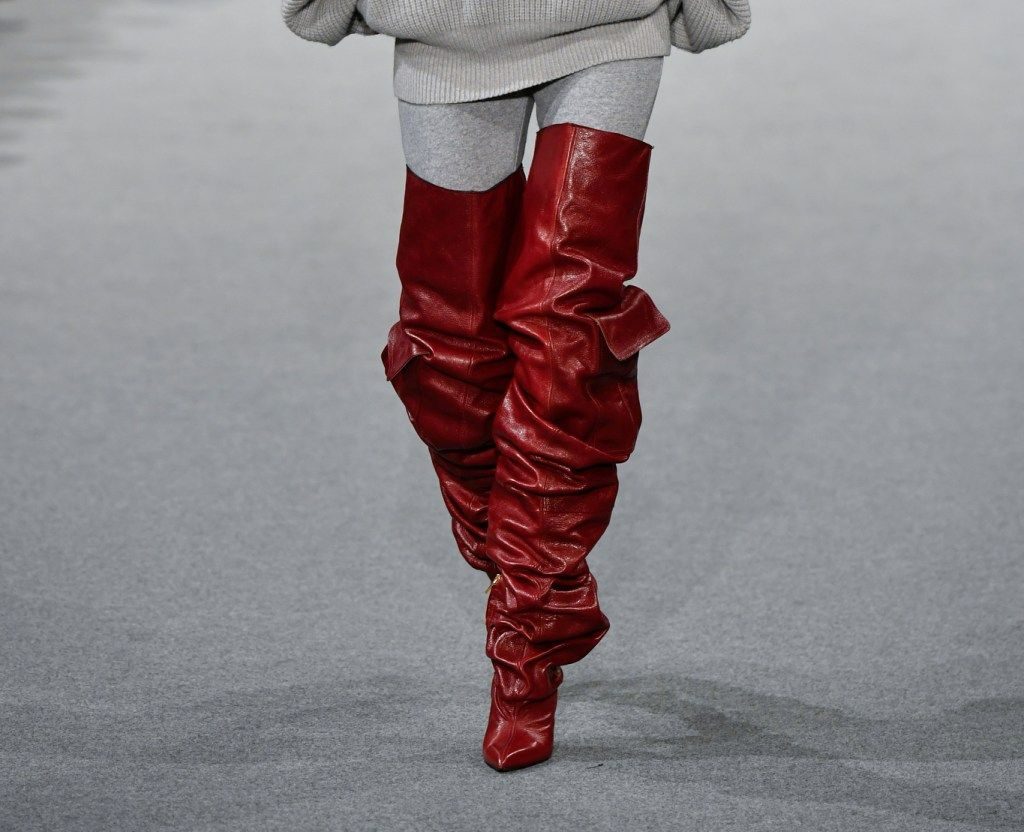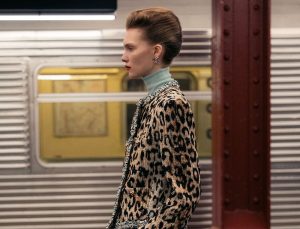Nicknamed “Il Maestro,” Giorgio Armani has passed away at the age of 91, leaving behind a multibillion-euro empire. Laid to rest discreetly in his hometown, tributes are pouring in from around the world. A look back at a career that redefined the codes of tailoring and Italian glamour.
An unfaltering vision of clothing
Until his final days, Giorgio Armani remained in full command. At 91, he continued to steer his empire with an iron hand. He embodied the idea of the total creator: one who oversaw every line, every fabric, every silhouette. His approach to the suit, which he began deconstructing as early as the 1980s, remains one of his greatest contributions to the history of contemporary fashion. In contrast to the masculine rigidity inherited from previous decades, Armani imposed a fluid elegance. It was this vision of power dressing, authority combined with refinement that cemented his success at a time when gender boundaries in fashion were beginning to fracture.
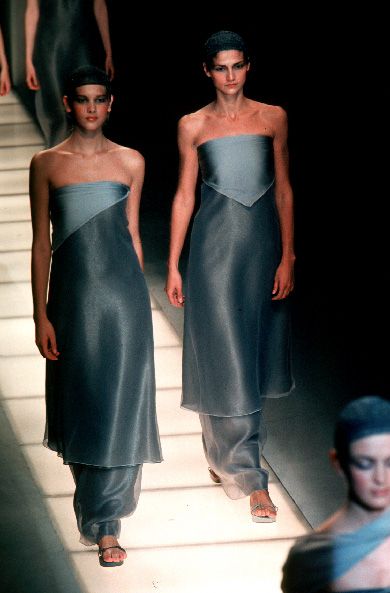
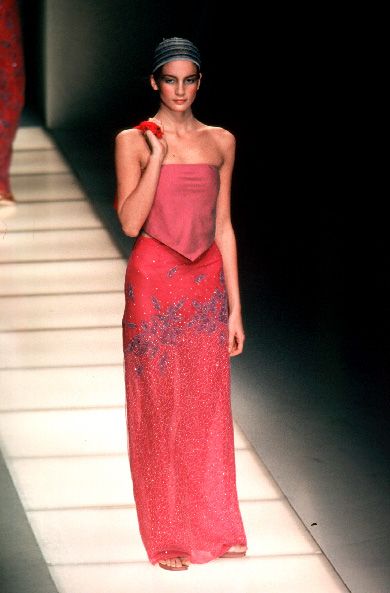
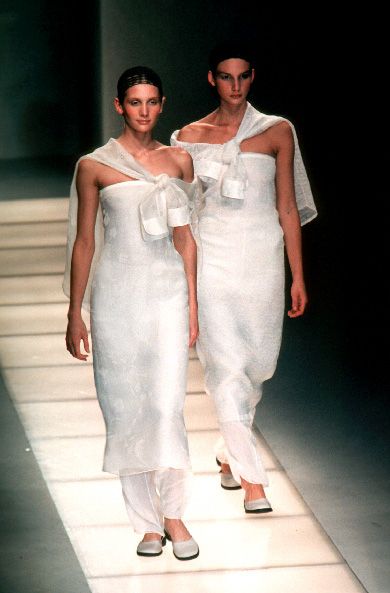
A look back at his most memorable shows reveals, beyond seasonal variations, the consistency of his vision. For Spring/Summer 1996, rigor gave way entirely to fluidity; fabrics seemed to glide directly over the skin, creating an almost liquid effect. Then came 1999, when he blurred the lines with a disconcerting yet playful staging: models walked in pairs, like mirror reflections. A device he would revisit two years later. Finally, in 2008, his imagination set sail for other shores, tinged with bohemian and pirate accents: pleated trousers transformed into airy harem pants, the color palette was pared down to essentials: blue, sand, white, black and accessories multiplied without weighing down the look, sketching silhouettes of pure freedom.
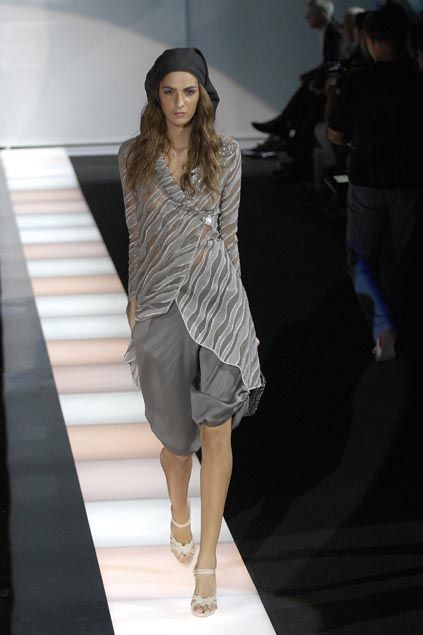

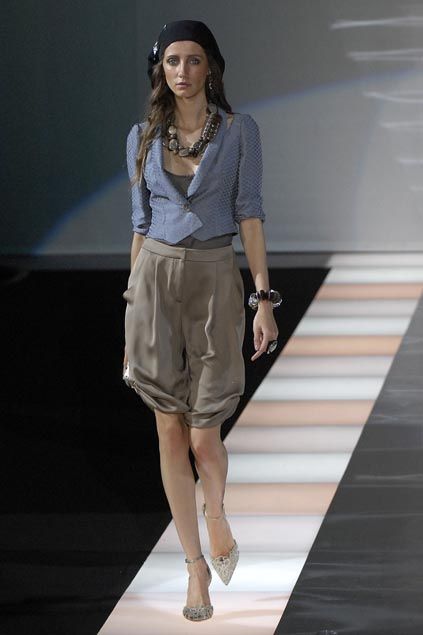
Cinema, the other runway
But Armani was more than a master of the runway. He was also an architect of style on the screen. In 1980, when his label was barely five years old, he designed the entire wardrobe for Richard Gere in American Gigolo. The suit, fluid yet perfectly tailored transformed the actor into a sex symbol and propelled Armani to cult status on the international stage. The power of Armani’s clothing lay not only in its cut, but above all in its ability to disrupt the established order and shape a new, modern masculinity.
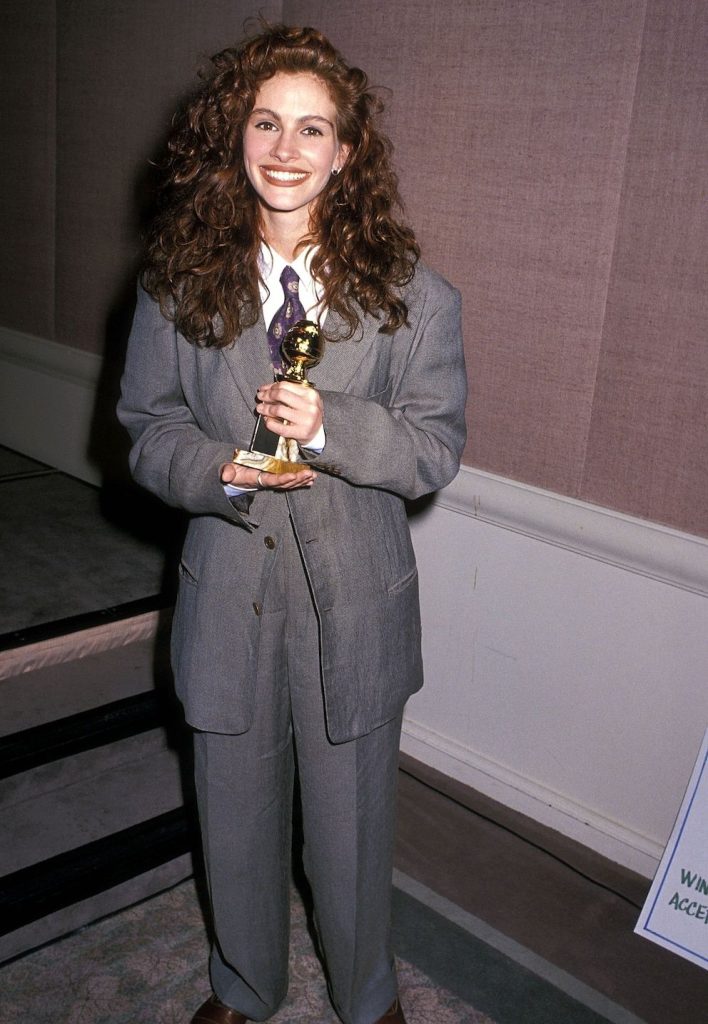
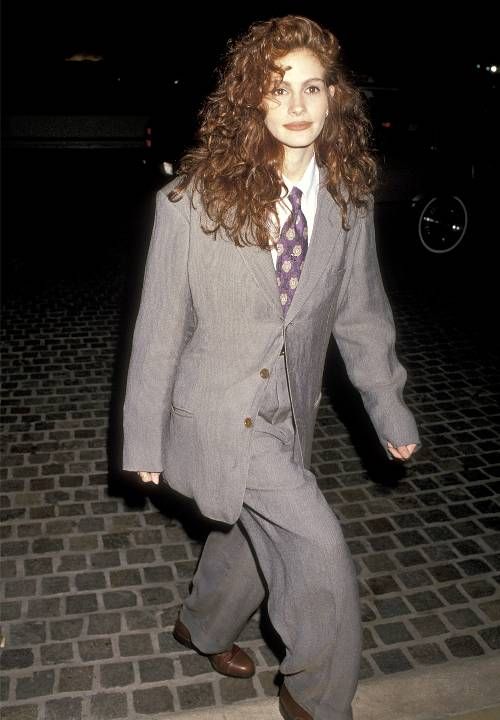
That bond with Hollywood was never broken. As early as 1978, Diane Keaton took the stage to receive her Oscar in an Armani blazer and pleated skirt, defying traditional codes of femininity on the red carpet. In 1981, Grace Jones graced the cover of her album Nightclubbing in an exaggerated-shoulder jacket by the Italian house. By 1990, Julia Roberts appeared at the Golden Globes in a grey suit, an iconic silhouette that still inspires a new generation of actresses. Far from the usual body-hugging gowns, this look embodied the aesthetics of “louche suiting,” a subtle blend of nonchalance and sophistication.
Even recent films bear the mark of his influence. For The Wolf of Wall Street, costume designer Sandy Powell delved into Armani’s 1990s archives, with the designer’s own blessing. Only two suits appear on screen worn by Leonardo DiCaprio, yet the shadow of Armani’s style looms over the character’s entire silhouette. In 2024, at Cannes, Hunter Schafer reimagined the Cinderella myth in a reflective bustier from the Armani Privé Spring 2025 collection. Fifteen years after its creation, the Armani Privé line remains as in tune with its time as ever.
A living heritage
Since the announcement of his death on September 4, the fashion world has seemed to fall into a state of mourning. On second-hand platforms, however, it’s a very different mood: searches for vintage Armani pieces have skyrocketed, both in Europe and the United States, as if everyone wanted to claim a fragment of the designer for themselves.
Just a few months ago, the House of Giorgio Armani celebrated its 50th anniversary. A milestone that, in retrospect, now feels like a testament. Few designers have managed to maintain such coherence throughout their work. His aesthetic never yielded to the lure of flashiness or fleeting trends. Today, his name remains synonymous with elegance. The Maestro may be gone, but his work continues to walk the runway.


